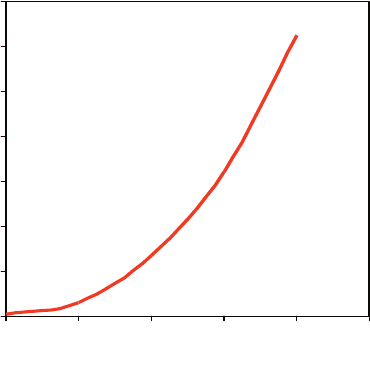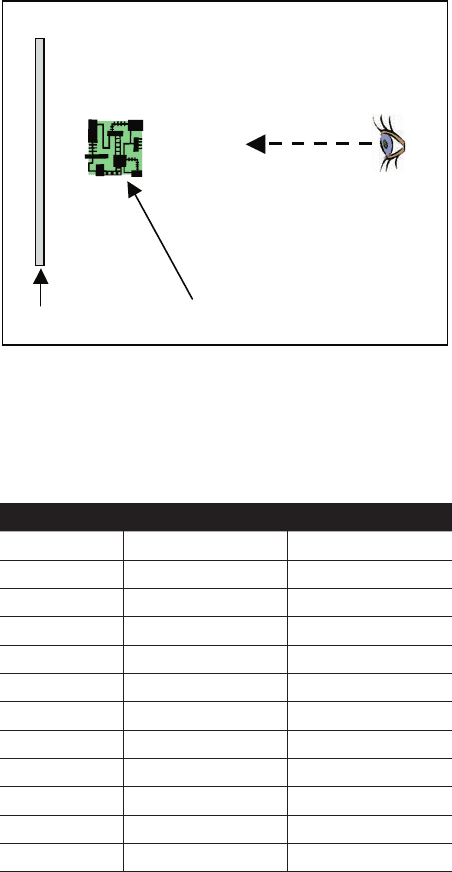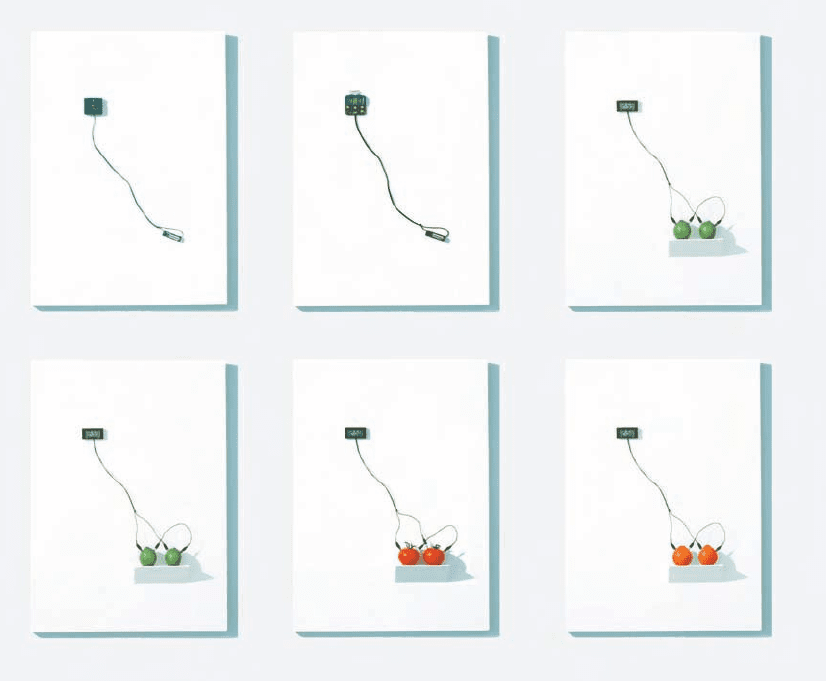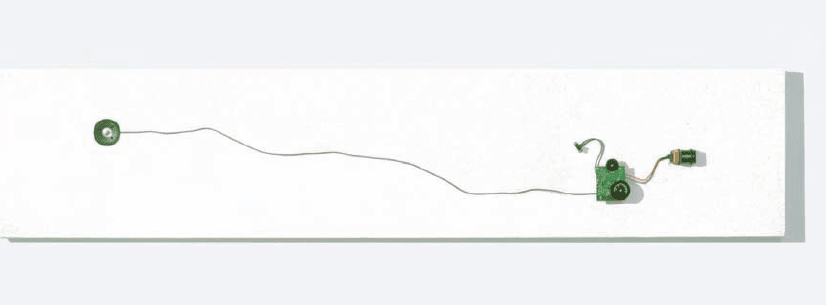Walker S. Sustainable by Design: Explorations in Theory and Practice
Подождите немного. Документ загружается.


Sustainable by Design
158158
They can be standardized and stabilized in terms of form, colour
and texture. Instead of considering them at the forefront, as a façade
or intermediary between the user and the functional components
where aesthetic acceptability, fashionable style and visual interest are
important, they can be placed in the background and given a subsidiary
and unadorned role as a support for the functional components, see
Figure 13.6. The aim is to bring the dominant components to the fore
by defining the subordinate components as an armature or chassis
that provides a firm base on which to hold and reveal the functioning
parts. Any aesthetic interest will then reside in the functioning parts and
their juxtapositions, rather than in a consciously designed enclosure,
which becomes so quickly outdated. In other words, the subordinate
components must be the polar opposite of that seen in conventional
product design; they must be as subdued and retiring as possible – as
�
��
��
��
��
���
���
���
�
�
�
�
�
����� � ������� ����������
������� ������������
���� ����� ������� ������������ �� � �������� �� ������
���������
Figure 13.5
Product permutations as a
function of design variables
book.indd 158 4/7/06 12:25:50
159
Creating Objects in a Saturated Culture
a necessary but unremarkable underlay. Essentially, this constitutes a
reversal in component hierarchy compared with that evident in most
products; this reversal is really a design device – used here to break
with conventional ways of defining products. A comparison of the
conventional and converse ways of thinking about the subordinate
components is included in Table 13.1.
Even when the subordinate components are framed in this way, they
still have to be defined in terms of materials, form, colour and texture.
T
o provide a basis for design exploration, we can draw on examples
from other contexts where a conscious intention has been to create
something to be low-key, subordinate and in the background. It is here
that the previous discussion about time and symbolism (Chapter 12)
provides a clue. The symbolically sacred space of the white tablecloth
creates a separate, inviolable area for the functional implements and
the task of eating. Similarly, the white-walled gallery offers a neutral
space for viewing objects of aesthetic interest and value; the absence
of distracting details allows the focus to remain on the exhibited works.
Similarly, the plinth within the gallery is an object used to display other
objects. Again, the focus remains on the exhibited artefact, and we
are so familiar with this way of displaying things that we do not read
the plinth as part of the object of interest. These precedents provide a
basis for considering the design of the subordinate components. The
subordinate components can be standardized and consciously designed
to be featureless, but even so, this does not imply a bland, unchanging
object. Aesthetic interest can be created through the exposure and
arrangement of the functional components themselves. Moreover,
revealing these essential workings allows the user to gain a greater
sense of the product’s utility, not to mention its ingenuity.
Change can still occur over time, but it will be purposeful, based on
technological development. This is often relatively slow compared
to the market
-led style changes prevalent today. Such technological
development usually invokes a change in the form of the functioning
parts, which in turn will affect the appearance of the product. Hence,
aesthetic change becomes rooted in the nature of the object itself,
rather than being a function of fashion or styling. Naturally, this slowing
of change would also affect, and potentially reduce, the desire to
replace the object – because it would no longer be susceptible to the
vagaries of fashion.
book.indd 159 4/7/06 12:25:51
Sustainable by Design
160160
This conceptual approach can contribute to rebalancing the three
priorities of sustainable development – economics, environment and
ethics. It is, however, antithetical to our current business and political
directions and the irrational mantra of continual expansion and growth.
Nevertheless, in a time where continuation of the present model seems
increasingly destructive and pointless, there is an urgent need to
develop different approaches. Business as usual is no longer a
viable option.
Some initial examples based on these ideas are shown in Figures
13.7 – 13.10. These are fully functioning prototypes of electronic
clocks and radios, but they do not conform to the way products are
conventionally designed. In these examples, the functioning components
are brought to the foreground, while those parts needed to hold them
in place are transferred to the background and defined as a plain,
white, rectangle (a white canvas) – an archetypal form based in cultural
convention. Although its specific dimensions and materials may vary,
the basic form can remain virtually the same even though the functional
parts and technologies may change. The form can also remain the
same for objects of differing functions and, depending on the use, it
can be wall-mounted or placed on a tabletop or on the floor
. Hence,
for the subordinate components, form becomes largely independent
of function. The white rectangle simply serves as an armature or
underlay for mounting and arranging the components so they can be
acknowledged and used. The symbolic and the utilitarian, discussed
in the previous chapter, come together – they are both present, but
they are not integrated; the reader will recall that both Eliade and
Malevich suggested that full integration is not possible. Instead, in these
illustrative designs, they exist side-by-side, tenuously attached, mutually
dependent, and yet separate.
This conceptual direction raises a number of issues about design for
sustainability
. It is an attempt to slow the unnecessary inundation of
trivial change, to quieten the busy-ness and provide respite to the
onslaught of visual clutter. It does not prevent change, but attempts
to constrain it to that which is purposeful rather than simply a tool for
stimulating consumerism. The ‘white rectangle’ contributes to product
longevity by establishing an unembellished form that is removed from,
or indifferent to, particular and ever-evolving technologies. In this sense
it is symbolic, a signifier of stability and constancy, which serves as an
book.indd 160 4/7/06 12:25:51

Creating Objects in a Saturated Culture
Figure 13.6
Reversal of convention:
From façade to chassis
Conventional Converse
Form V
ariable Stable
Colour V
ariable Stable
Texture Variable Stable
Details V
ariable Absent
Features Variable Absent
Concept For
efront Background
Intermediary Support
Façade Chassis
Conspicuous Subdued
Obscur
es Reveals
Enticing Plain
Changing Constant
Table 13.1 Conventional and converse understandings
of the subordinate components of a product
Fig. 12.6:
Reversal of Convention – Façade to
�������
���������
161
book.indd 161 4/7/06 12:25:51
Sustainable by Design
162
impediment to the progress of relativistic but meaningless variation. It is
the ‘mystic white’ of Malevich, the sacrosanct but featureless ground of
the formal dining table or the gallery wall.
Furthermore, it provides a format for products in which the subordinate
components can be created by mass-manufacturing techniques,
batch production on a regional level or in small numbers in a local
workshop. Hence, it enables product assembly and some component
manufacture to occur across various scales, including the small scale,
thus contributing to localization. This is an important aspect of moving
towards more sustainable approaches, but one that can be adopted
differentially and incrementally
.
From the user’s point of view, it provides a design approach that
supports product comprehension, maintenance and repair by revealing
the functioning parts and is less susceptible to change. This is intended
to engender a greater sense of calm, to allow one to be ‘at ease’ with
one’s material environment; things are often less intimidating when
they are more fully understood and when one has an opportunity to
intervene or participate.
F
inally, the approach raises interesting issues about the contribution
of the product designer to the progress of sustainable development.
Consistency in the definition of products and among different types of
products might suggest that the designer has little or no contribution
to make, but this is not the case. Consistency and repetition in the
‘underlay
’ of a product by no means hamper creativity. There are
precedents for this kind of stabilizing approach in other creative fields.
For example, continuities and repetitions characterize the musical works
of the contemporary American composer Philip Glass;
13
repeated
themes and rhythms provide the foundation of the work, which are then
overlaid with melodies, variations and lyrical pieces. And the Estonian
composer Arvo Pärt has formalized a principle which he has termed
tintinnabuli in which he explores the diversity of musical possibilities
within a single note.
14
The white canvas designs presented here represent a conscious
attempt to move away from enclosure and façade to explore a different
approach to product design and product aesthetics in order to highlight
other priorities. It is obviously limited in its application, but its primary
purpose is to provide a basis for reflection, for challenging some
questionable aspects of current design practice and for stimulating
162
book.indd 162 4/7/06 12:25:51

163
Creating Objects in a Saturated Culture
Figure 13.7
Three White Canvas Clocks:
Analogue, digital and digital powered
by fruit ‘battery’
Figure 13.8
Three
White Canvas Clocks with
‘batteries’ of lime, tomato and orange
Dimensions of each clock
830mm × 600mm
book.indd 163 4/7/06 12:26:01

Figure 13.9
White Canvas Clock with tomato ‘battery’
book.indd 164 4/7/06 12:26:02

Figure 13.10
AM Radio,
340mm × 1620mm
book.indd 165 4/7/06 12:26:03
Sustainable by Design
166166
further debate. So much contemporary industrial design is aimed at
capturing market share by giving new styles to conventional products.
While this may feed consumerism and can be seen as a valuable
contribution to business, sustainability demands a different emphasis
– and suggests a quite different design contribution. To be meaningful
and thus to be of value, our activities have to respond to the critical
issues of our time. Today we seem to have reached saturation point
in terms of product variations, production and marketing, and the
environmental and social consequences are now only too evident. We
have reached the endgame, and after the endgame we have to
start anew.
book.indd 166 4/7/06 12:26:03
14
EPHEMERAL
OBJECTS
FOR
SUSTAINABILITY
light touch
It is all too easy to distance ourselves from the effects of our decisions
and our actions when design and manufacturing are carried out within
a globalized system. When head offices are located in North American
or European cities but resources are extracted, processed, formed and
assembled ‘somewhere else’, decision makers inevitably lack a full
appreciation of the consequences of their actions. Within this system,
information becomes filtered down to the essential but abstracted
data of production performance, unit costs and profits. A more holistic
understanding of the meaning of decisions and their impacts is lacking
because there is little direct connection with people and place.
This creates a world of mediated experiences (see Chapter 11) and
produces a system that is increasingly divorced from the realities of
people’s lives and the realities of environmental devastation. It is a
model of business, production and mass consumerism that exploits
both people and nature.
1
These are the attitudes of convention that,
according to McGrath, have been especially prevalent in western society
since the time of the Enlightenment.
2
Consequently, even though many
book.indd 167 4/7/06 12:26:03
